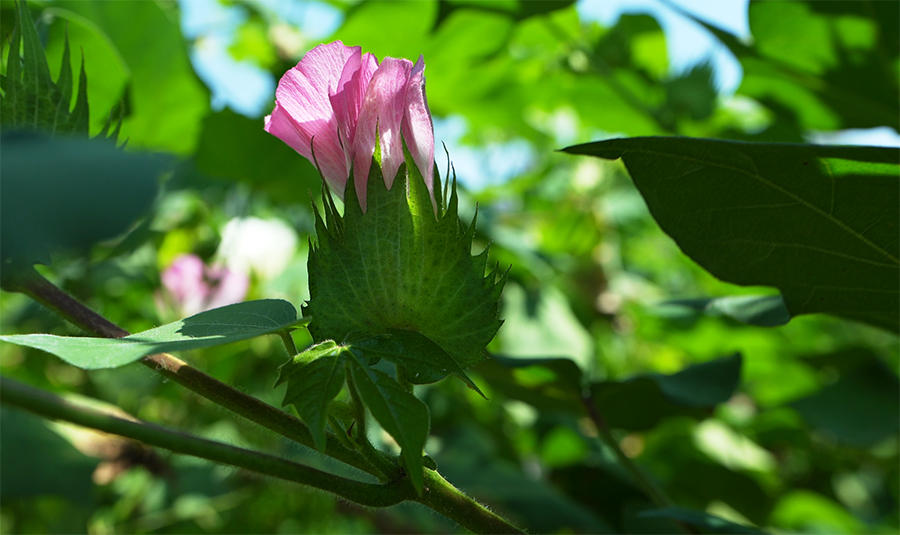LIU Yanhui, WANG Shuanglei, LI Jinpu, QIN Dulin, ZHANG Meiling, NIE Junjun, MAO Lili, SONG Xianliang, SUN Xuezhen
To study the effects of cotton straw returning soil on soil microbes quantities and enzyme activities,experiments were conducted at the Experimental Station of Shandong Agricultural University with two treatments(4-year straw returning soil and no straw returning soil) to investigate soil microbes quantities and enzyme activities across 0-60 cm depths after cotton straw returning for four consecutive years.The main results indicated that cotton straw returning soil significantly increased the quantity of total microbe by on average 19.87%(0-20 cm),20.07%(20-40 cm) and 56.15%(40-60 cm),including soil bacteria and fungi quantity significantly increased by on average 20.91%,26.38%(0-20 cm),20.59%,31.18%(20-40 cm),56.85%,32.30%(40-60 cm),respectively,comparing to no straw returning soil treatment;soil actinomyces quantity increased by on average 4.29%(P>0.05),11.62%(P<0.05),54.00%(P<0.05)across 0-20 cm,20-40 cm,40-60 cm depths,respectively,comparing to no straw returning soil treatment.Cotton straw returning soil had no significant effect on soil urease activities at 0-20 cm depth,comparing to no straw returning soil treatment,while straw returning soil significantly in creased soil urease activities across all sampling times except September at 20-40 cm and all sampling times except July at 40-60 cm depths by on average 13.43% and 24.03%,respectively.Except May at 20-40 cm and August at 40-60 cm depths,soil sucrase activities after cotton straw returning soil significantly increased across 0-20 cm,20-40 cm and 40-60 cm depths by on average 27.08%,46.96% and 57.59%,comparing to no straw returning soil treatment.Except July and August at 0-20 cm depth,cotton straw returning soil significantly increased soil catalase activity at by on average 8.73%,comparing to no straw returning soil treatment,while straw returning soil had no significant effect on soil catalase activity across 20-40 cm and 40-60 cm depths except May and June at 20-40 cm depths.These results indicated that cotton straw returning soil could maintain and improved the biological characteristics of the soil.
